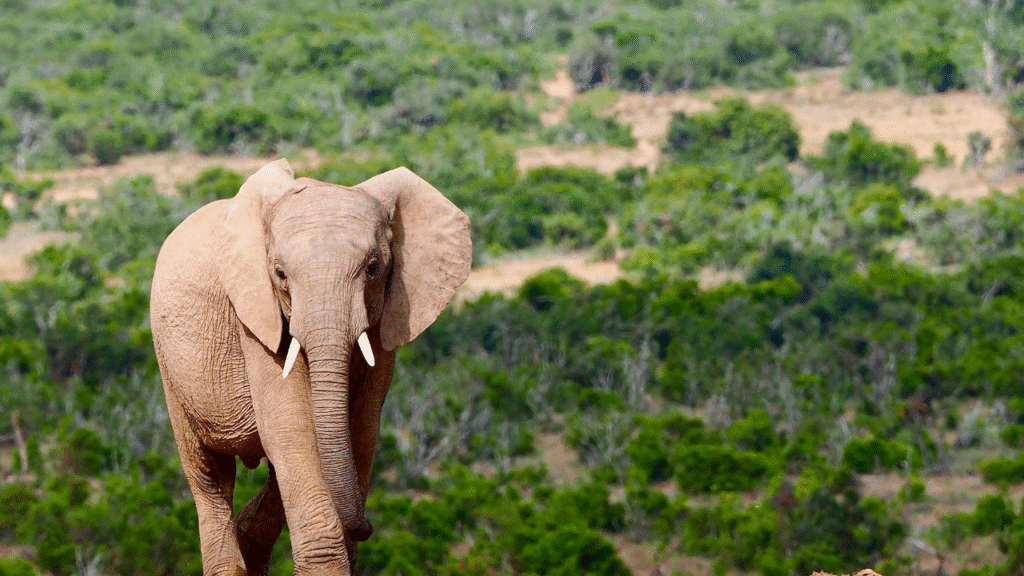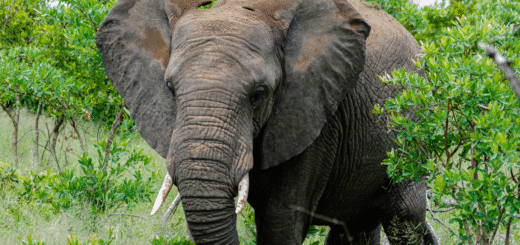Training and Taming: The Ethics of Elephants in Tourism — What You Need to Know
Elephants have long fascinated people around the world for their intelligence, strength, and majestic presence. In many parts of Asia and Africa, they are also central to the tourism industry. Tourists flock to elephant camps, ride safaris, or watch performances in which elephants paint, play soccer, or perform tricks. But behind the scenes, the training and taming of elephants for tourism has raised serious ethical concerns. In this article, we explore the practices, controversies, and what ethical tourism really means.

The Popularity of Elephants in Tourism
Elephant tourism is a multi-million-dollar industry, especially in countries like Thailand, India, Sri Lanka, and Cambodia. Tourists often dream of riding an elephant through the jungle or posing beside one for a photo. What many do not realize is that the process to make these elephants “tourist-friendly” is often unnatural and inhumane.
What Is “Phajaan” – The Crushing?
One of the most controversial training methods is known as “phajaan” or “the crush.” Originating in parts of Southeast Asia, this ancient method involves:
- Separating a baby elephant from its mother at a very young age
- Confining the elephant in small cages with restricted movement
- Use of bullhooks, ropes, and physical punishment
- Psychological distress to break the elephant’s will
The goal is to make the elephant submissive and obedient enough to accept human commands, rides, or performances.
The Cost of Entertainment
While elephant shows or rides may seem fun or harmless to tourists, the lifelong consequences for the elephants include:
- Chronic pain from carrying tourists or performing unnatural movements
- Mental stress due to isolation and routine abuse
- Shortened lifespans and poor health caused by overwork and inadequate care
- Lack of social interaction, even though elephants are highly social animals
Ethical Alternatives Are Emerging
Fortunately, ethical elephant experiences are becoming more popular. These focus on the well-being of the animals rather than exploiting them for profit. Key features of ethical sanctuaries include:
- Rescue and rehabilitation of abused or retired elephants
- No-riding policies and no performances
- Natural living environments with space to roam
- Educational tours that focus on conservation and awareness
Examples of such places include Elephant Nature Park in Thailand and Wildlife SOS in India, both known for their strong animal welfare practices.
Responsible Tourism: What You Can Do
If you care about elephants, you can make a difference by making ethical travel choices:
- Avoid attractions that offer elephant rides or performances
- Research sanctuaries to ensure they prioritize elephant welfare
- Share knowledge about the harms of unethical elephant tourism
- Support conservation organizations working to protect wild elephant populations
Elephants Deserve Respect, Not Chains
Elephants are intelligent, emotional, and social beings. They are not meant to perform or carry tourists for entertainment. As travelers, we have a responsibility to choose experiences that protect and respect wildlife.
When planning your next trip, ask: Is this experience helping elephants or harming them?
Final Thoughts
The ethics of elephant tourism challenge us to rethink what meaningful wildlife interaction should look like. By supporting ethical sanctuaries and saying no to cruelty, we help shift the industry toward a future where elephants are appreciated not for what they can do for us — but for who they are.








